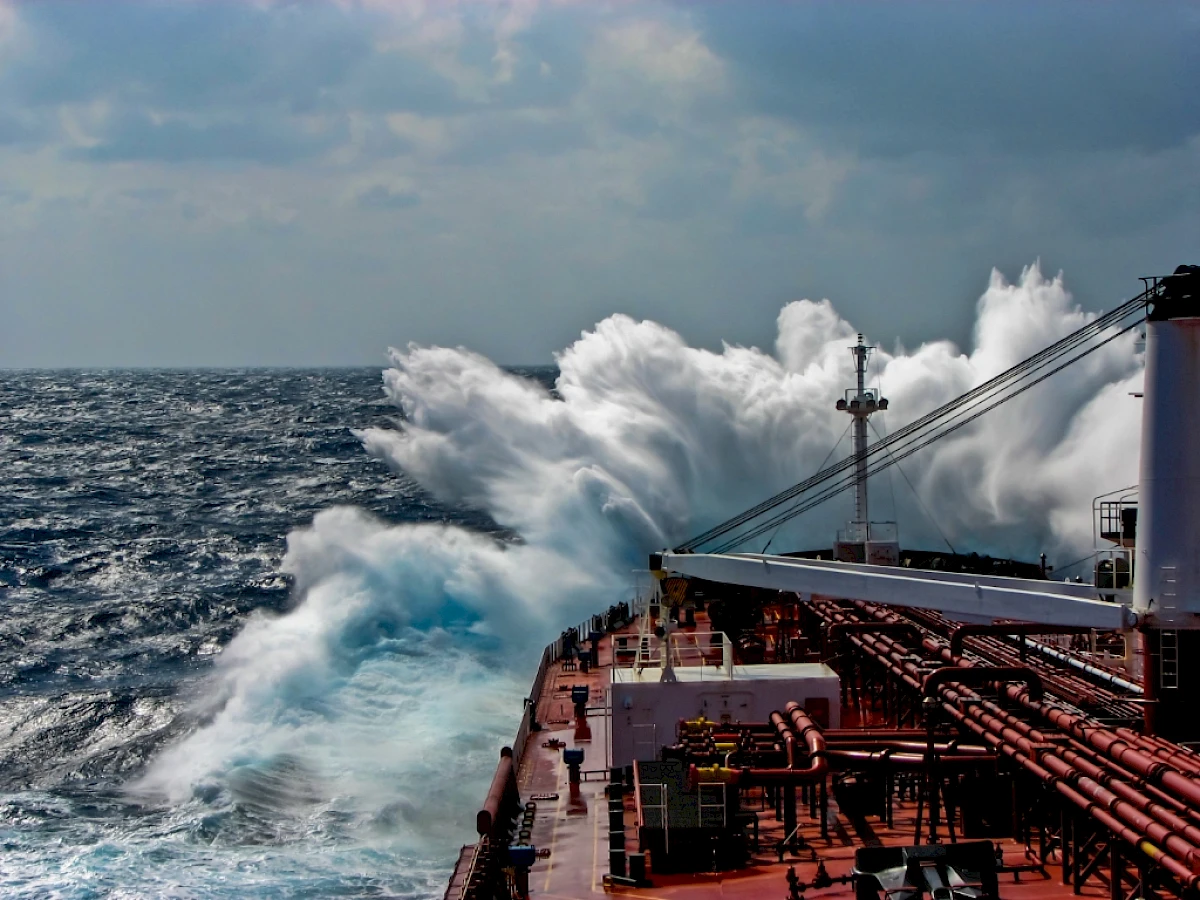Chapter 5: Watertight and Weathertight Integrity (Part IA)
Chapter summary:
Chapter 5 contains requirements to maintain the watertight and weathertight integrity of all closing appliances and doors on board a ship, including measures to remove or prevent ice accretion, and prevention of freezing or excessive viscocity of operating liquids. The requirements also take into account in design that crew personnel operating closing appliances and doors will be wearing heavy winter clothing, including thick mittens. These are set out in the text of Chapter 5 below.

Submissions
Hyperlink: Eagle.org
ABS is a leading international classification organization devoted to promoting the security of life and property and preserving the natural environment through the development and verification of standards for the design, construction and operational maintenance of marine and offshore assets.
The ABS Guide for Vessels Operating in Low Temperature Environments (LTE Guide) contains guidance on maintaining the ships operational fluids that operate closing devices such as doors and hatches and ensuring that the covers and doors are not adversely affected by ice accretion.
Hyperlink: IMO Polar Code
Follow this link for DNV GL’s guide to the Polar Code Document ‘Maritime Polar Code: Understand the Code’s requirements to take the right steps for smooth compliance’. For Chapter 5, see page 17.
See also:
Hyperlink: http://www.icetra.is
The Icelandic Transport Authority manages the administration of transport affairs and conducts oversight pertaining to aviation, maritime affairs, traffic and safety oversight of transport structures and navigation. The Icelandic Transport Authority issues certificates to seafarares and is responsible for Port State Control and Flag State Control and manages the Icelandic ship registry.
Hyperlink 1: The Polar Code by Lloyds
Lloyd's provides information and assistance for users to comply with the Polar Code. Lloyd's interactive toolkit allows users to work through the Code on their own terms and download Lloyd's register free guidance, templates and examples to help understand and meet compliance needs.
Hyperlink 2: Lloyd's Polar Code Resources
Lloyd's also provides guidance documents on; the Operational Assessment, setting operational limitations (limitation wording), determining the Operating Envelope and LR’s How to use POLARIS.
Hyperlink 3: The Polar Code: A Regulatory Interpretation Guide
This document provides Loyd's Register guidance on all aspects of the Polar Code (chapter by chapter). For Chapter 5, see the LR Regulatory Guide pages 37 to 38.
Lloyd's Register website.
Hyperlink 1: Northern Sea Route – Best practices and Challenges (2017)
For Chapter 5, see pages 3-4 and page 13.
Hyperlink 2: Offshore Vessel Operations In Ice and or Severe Sub Zero Temperatures in Artic and Sub Artic regions (2014).
The purpose of this paper is to provide guidance to operators and charterers of offshore support vessels employed for use in areas impacted by ice or severe sub-zero temperatures with the aim of encouraging high standards of safety and environmental protection for those operating in Arctic and Sub-Arctic regions.
CHAPTER 5 – WATERTIGHT AND WEATHERTIGHT INTEGRITY: Full Polar Code text
As adopted from IMO - Full Polar Code text
5.1 Goal
The goal of this chapter is to provide measures to maintain watertight and weathertight integrity.
5.2 Functional requirements
In order to achieve the goal set out in paragraph 5.1 above, all closing appliances and doors relevant to watertight and weathertight integrity of the ship shall be operable.
5.3 Regulations
In order to comply with the functional requirements of paragraph 5.2 above, the following apply:
- .1 for ships operating in areas and during periods where ice accretion is likely to occur, means shall be provided to remove or prevent ice and snow accretion around hatches and doors; and
- .2 in addition, for ships intended to operate in low air temperature the following apply:
- .1 if the hatches or doors are hydraulically operated, means shall be provided to prevent freezing or excessive viscosity of liquids; and
- .2 watertight and weathertight doors, hatches and closing devices which are not within an habitable environment and require access while at sea shall be designed to be operated by personnel wearing heavy winter clothing including thick mittens.
 Arctic Council Working Group
Arctic Council Working Group